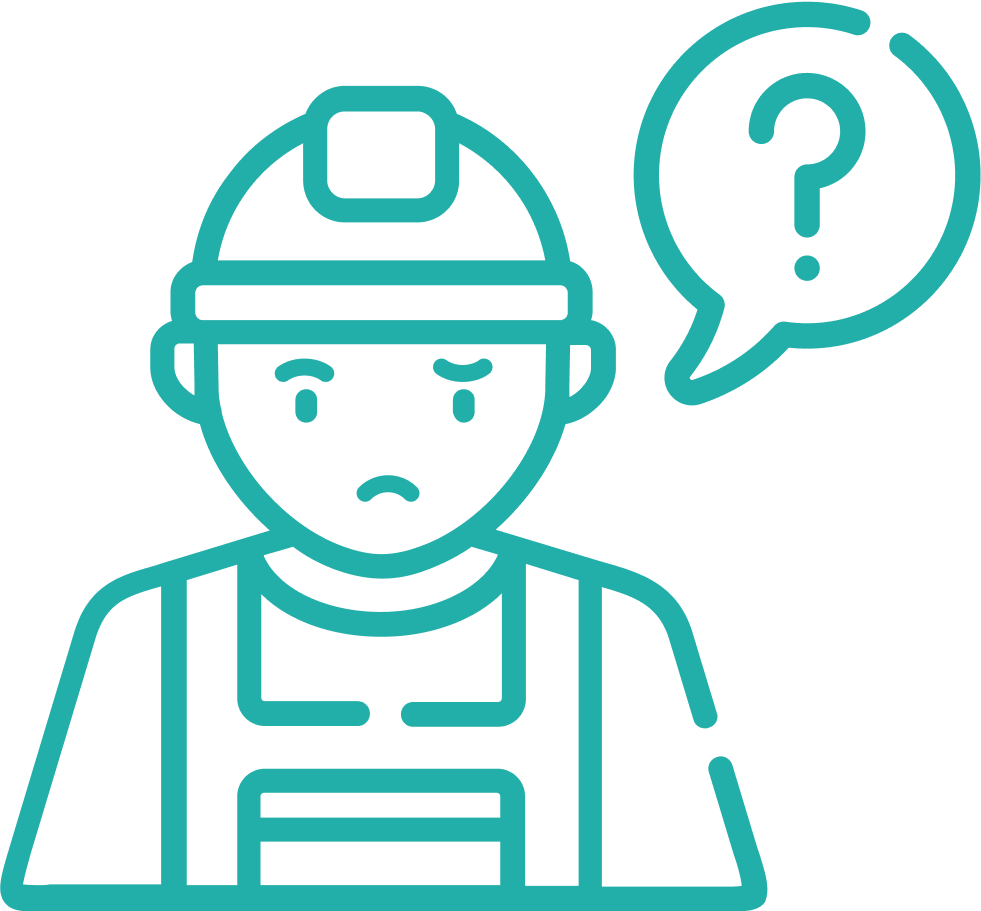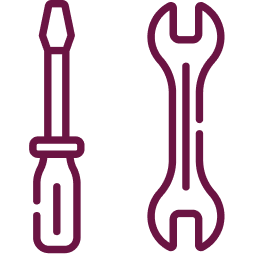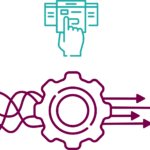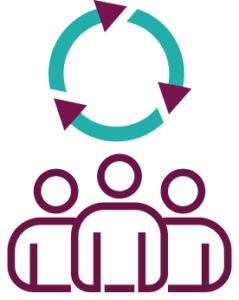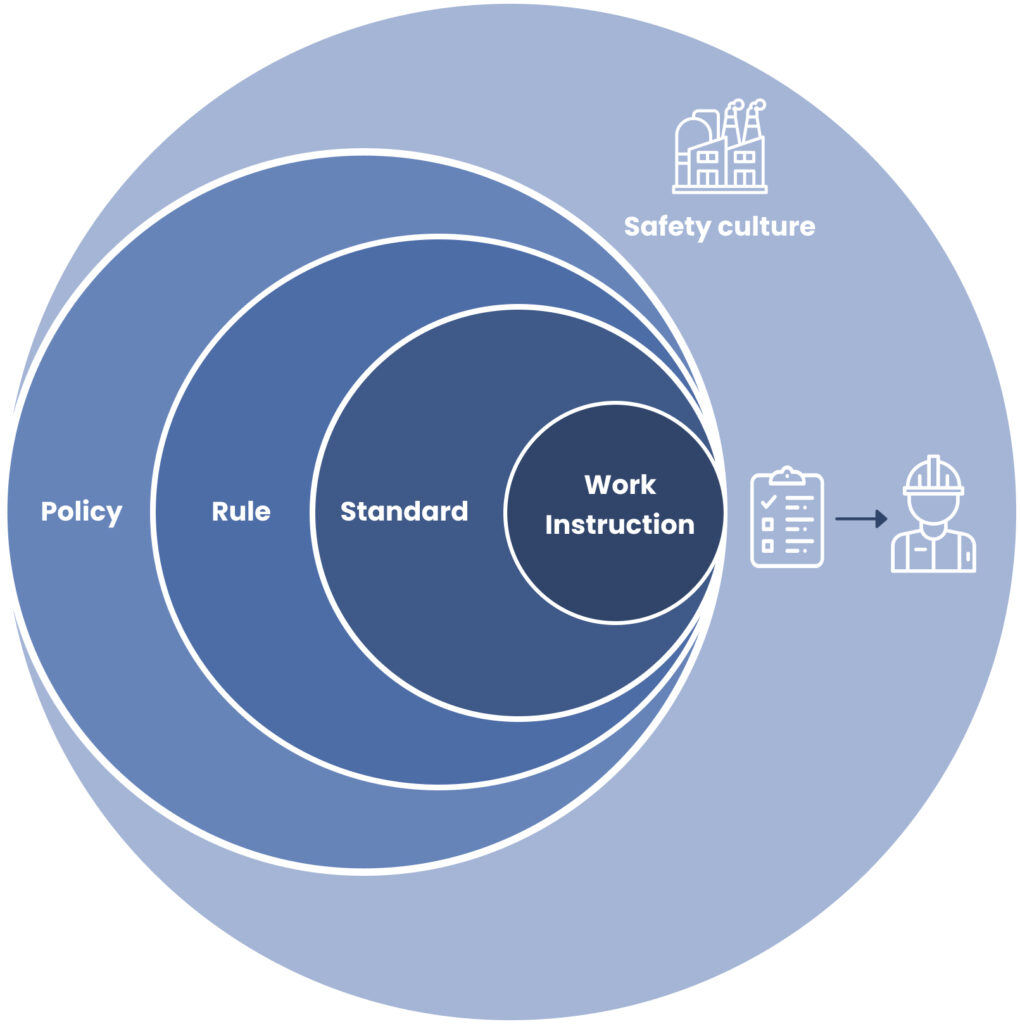Why planning is challenging?
For most businesses and industries, planning is the key to success. You spend time thinking ahead, making estimates and assumptions, and building a plan.
But when it comes to lean manufacturing, planning is a bit of an oxymoron. Unlike traditional manufacturing processes that operate on a push model (i.e., make estimates > build inventory > and move through the supply chain), lean manufacturing is a pull model.
Lean operates on a core concept that reality is so complex that instead of enormous planning, it is best to keep things simple. At Toyota, they discovered that predictive algorithms have great limitations, especially if used for large complex organizations like a manufacturing plant, where many factors vary and can have a significant impact on reality versus planning.
This is 100% fair for the Operational Safety Excellence domain, where lean principles are applied to safety management. Plans are complex, and there’s no place for that in Operational Safety Excellence.
So how do you plan when planning is not possible? Planning from an operational safety excellence perspective is built on three principles: simplicity, flexibility, and continuity.
Planning with Simplicity
There is an old military saying: no plan survives contact with the enemy.
The heart of this idea is that things are more complex than we can ever predict. So, we make our plans to provide some direction and structure, but we know they will be disrupted when they “reach the enemy” or get enacted.
This reality calls for simple planning in lean and applicable for safety management operations.
Consider the Kanban system for-inventory management. Say a company frequently orders and uses notebooks for their daily operations. They keep a stock in their storage room, and once the stock is at one-quarter capacity, a signal alerts staff they need to re-order. It’s a simple system that tells you what you need when you need it.
This type of system can be applied to many situations because it’s grounded in the reality of what is happening instead of relying on complex projections. You don’t need a mathematics genius to predict the exact number of notebooks you need, just a simple trigger when you’re running out!
We can spend so much time planning just to throw it out when we face the battle of daily operations. Keep it simple, and you’ll see how much easier it is to stick with plans.

Key takeaway: Simplicity should drive all safety management processes. Take inspiration from the Kanban method by creating a pull system for your workflow, where pre-determined milestones trigger the next phase in a workflow.
Planning with Flexibility
The second core tenant of planning for operational safety excellence is to be flexible with your plans. Again, the reality is more complex than we can even imagine, so creating rigid plans will never work.
Take this situation, for example, a service person is called in to provide some routine maintenance and cleaning on some equipment. But unfortunately, the production plan changed and now the equipment cannot be served as originally planned. The person called in for a specific job, according to a specific plan, cannot do the task—they are standing idly by.
But what if their plan was more flexible than that? Instead of calling them in for one job, there can be a backlog of potential tasks that meet their skill set. When the original plan falls through, they can simply pick up another task item on the list. And with a bunch of pre-defined templates, handing out permits for this newly-arisen task should not be a problem.

Key takeaway: Flexible plans are successful plans. Instead of a rigid plan where only one thing can happen, include multiple “back-ups” so you can easily shift to something else when the original plan falls through.
Planning with Continuity
Aligned with the concept of flexibility is the need for continuous adjustment to your plans. This is another way you can prepare for unexpected changes to a pre-determined plan.
Most companies operate on a weekly planning system. On Thursday, they start pulling together work orders or permit requests needed for the next week. Friday is approval day, and the plan is set out—they’re ready to go for Monday. But again, what happens when things change? Who is empowered to make new decisions? How do you adjust for unexpected events?
A better system is to participate in continuous backlog grooming, a concept that’s part of Agile software development. Backlog grooming is the concept of continuously evaluating what is and is not working in the task workflow and adjusting it accordingly.
In practice, this looks like weekly planning coupled with daily reviews. The initial planning is still important, but it should be adjusted daily. A practice could be established of having the night shift, for example, review safety plans for the next day.
The main question in this process is: are we ready and prepared for tomorrow? They groom the tasks and ensure that things are ready for tomorrow based on the present situation, not an idealized plan of what should happen.
Continuous planning means that all stakeholders need to be aligned on what’s changing. Daily stand-up meetings or other processes can ensure there is consensus around the new, changed plan.

Key takeaway: Move away from a one-time planning system. Planning is an ongoing, continuous process that involves multiple people. When you keep the question “Are we ready for tomorrow?” in mind, your team will be empowered to make changes and adjustments to whatever is necessary at that time.
Conclusion
Planning in safety management with an operational safety excellence perspective has three pillars: simplicity, flexibility, and continuity. It is a departure from the old ways that required detailed and ambitious advance planning.
Instead, lean manufacturing principles applied to safety acknowledge that reality is complex, so our plans must be simple.
Besides increased efficiency and productivity, following this framework for operational safety excellence will reduce overburden amongst employees. Instead of being held to rigid plans, they’re actually empowered to make decisions and will develop stronger teamwork and communication through continuous improvement.
For all this to work, there needs to be a strong, mature relationship between the maintenance and production departments. It is important that the two work together in a cycle of continuous change and flexibility, evaluating what is next and what needs to be done to make tomorrow successful.
And if teams align with these tenants of lean manufacturing, they will be able to achieve operational safety excellence, decrease the burden on workers, and have more productive work environments.





